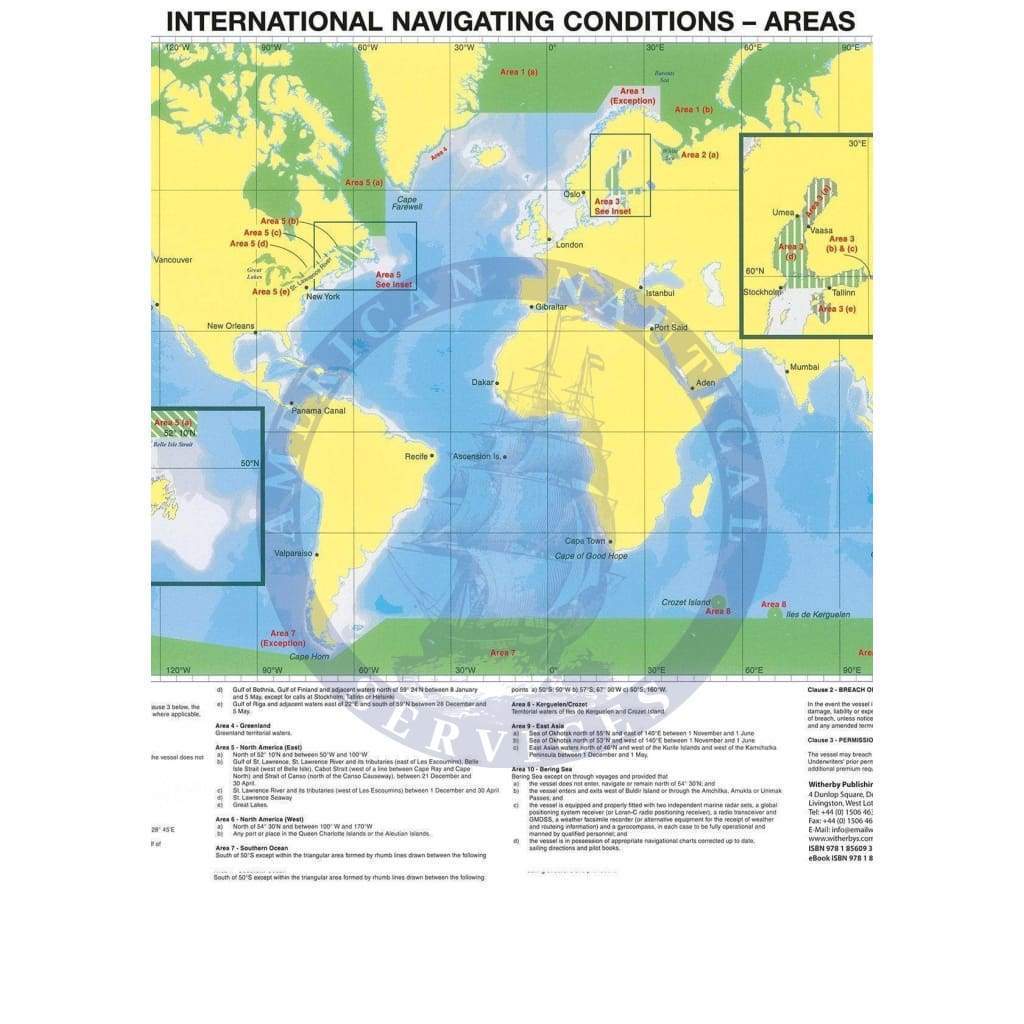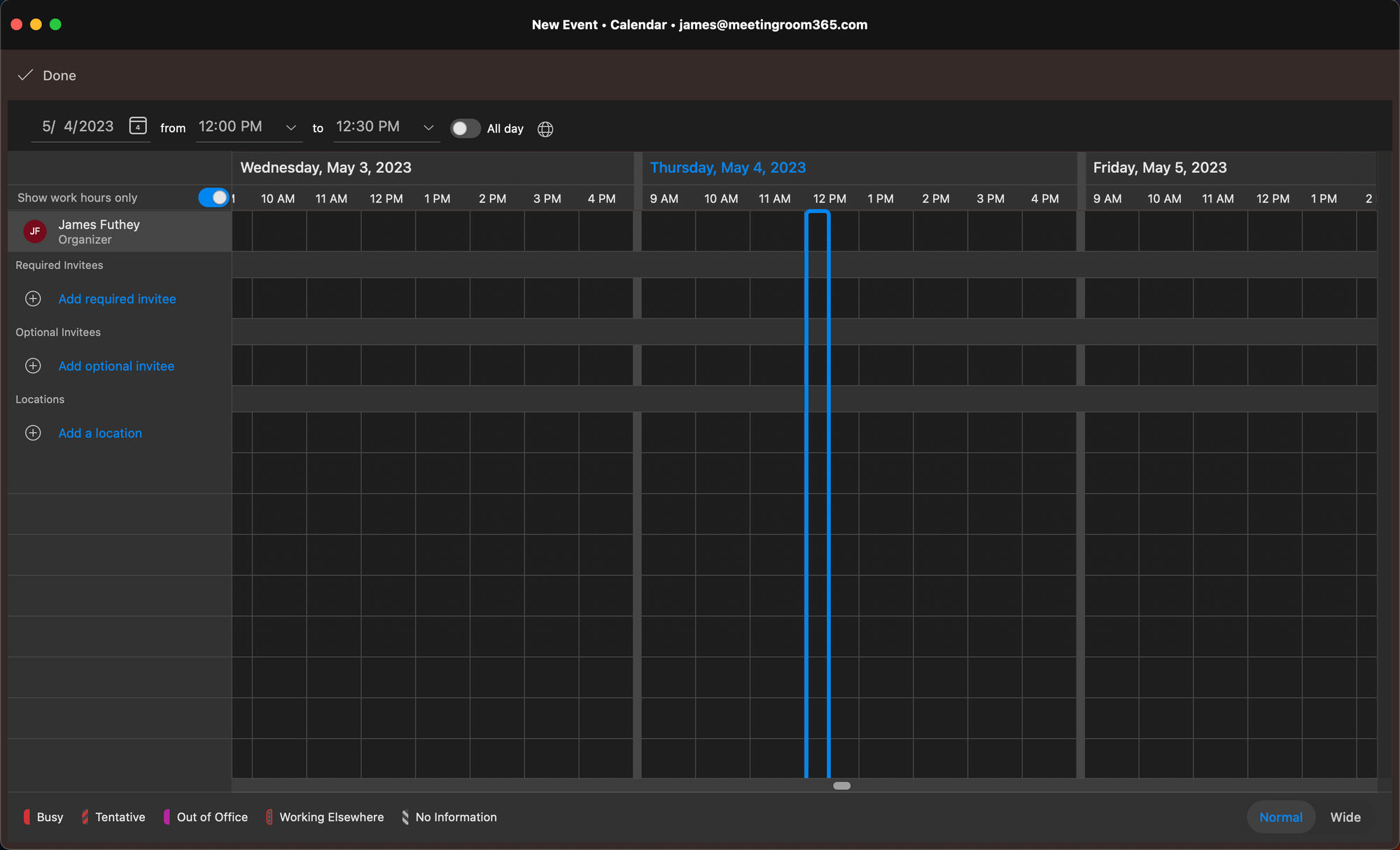Calendly’s Participant Limits: Navigating Scheduling for Giant Teams and Occasions
Associated Articles: Calendly’s Participant Limits: Navigating Scheduling for Giant Teams and Occasions
Introduction
With enthusiasm, let’s navigate via the intriguing subject associated to Calendly’s Participant Limits: Navigating Scheduling for Giant Teams and Occasions. Let’s weave attention-grabbing data and supply contemporary views to the readers.
Desk of Content material
Calendly’s Participant Limits: Navigating Scheduling for Giant Teams and Occasions

Calendly has revolutionized appointment scheduling, streamlining the method for people and companies alike. Its intuitive interface and seamless integrations have made it a well-liked alternative for a variety of customers, from solopreneurs reserving shopper calls to massive firms managing complicated staff conferences. Nevertheless, a vital facet usually ignored is Calendly’s limitations relating to the variety of individuals in scheduled occasions. Whereas ultimate for one-on-one conferences and small group periods, managing bigger gatherings requires a deeper understanding of Calendly’s capabilities and potential workarounds. This text delves into the nuances of Calendly’s participant limits, exploring its inherent restrictions, various methods for dealing with bigger teams, and the perfect practices for maximizing effectivity inside its constraints.
Understanding Calendly’s Constructed-in Limitations
Calendly is not designed to deal with large-scale occasions or webinars. Its core performance facilities round particular person or small group appointments. Whereas the precise participant restrict is not explicitly said as a single quantity throughout all plans, the sensible limitations turn out to be evident when trying to schedule occasions with quite a few attendees. The first constraint stems from the character of Calendly’s scheduling mechanism: it primarily manages particular person bookings, not mass occasion registrations. Making an attempt to drive a lot of individuals right into a single Calendly occasion usually results in a cumbersome and inefficient course of.
A number of components contribute to this limitation:
-
Calendar Synchronization: Managing quite a few participant calendars for a single occasion via Calendly can pressure the system, resulting in synchronization points and potential scheduling conflicts. Calendly’s energy lies in its potential to seamlessly combine with particular person calendars, a course of that turns into more and more complicated with a lot of individuals.
-
Invite Administration: Sending particular person invites to lots of or 1000’s of individuals via Calendly could be extremely inefficient and liable to errors. The platform’s invitation system is optimized for smaller-scale occasions, not mass e-mail campaigns.
-
Useful resource Allocation: Dealing with the computational sources required to handle a lot of individuals concurrently on a single occasion would necessitate important server capability, impacting each efficiency and value.
-
Person Interface: Calendly’s interface is designed for ease of use in one-on-one or small group settings. Trying to handle a lot of individuals inside this interface would probably result in a cluttered and unmanageable expertise for each the scheduler and the attendees.
Workarounds for Scheduling Giant Teams with Calendly
Whereas Calendly is not immediately fitted to managing large-scale occasions, a number of workarounds can assist mitigate its limitations:
-
Using A number of Calendly Occasions: For bigger workshops or coaching periods, think about dividing individuals into smaller teams and scheduling a number of Calendly occasions. This permits for extra manageable group sizes and maintains the platform’s ease of use. This strategy requires cautious coordination and clear communication with individuals to make sure they attend the proper session.
-
Integrating with Webinar Platforms: For displays or webinars with a big viewers, combine Calendly with a devoted webinar platform like Zoom, GoToWebinar, or Google Meet. Calendly can be utilized to schedule the occasion, capturing registration data, whereas the webinar platform handles the precise presentation and participant administration. This combines the comfort of Calendly’s scheduling with the capabilities of a platform designed for big audiences.
-
Utilizing a Registration Kind and Handbook Scheduling: For bigger occasions the place particular person scheduling is not essential, create a separate registration type (e.g., utilizing Google Types or Typeform) to gather participant data. Then, manually add attendees to a selected platform like Zoom or Google Meet. This strategy sacrifices the automation of Calendly however affords extra management over large-scale occasion administration.
-
Leveraging Calendly for Pre-Occasion Consultations: Calendly can nonetheless be useful even with massive group occasions. Use it to schedule one-on-one consultations or smaller group conferences earlier than the primary occasion to handle particular person questions or issues. This personal touch can improve participant engagement and satisfaction.
-
Exploring Calendly’s Workforce Options (if relevant): In the event you’re utilizing a Calendly staff plan, discover the options which will supply barely improved capabilities for managing a number of bookings or round-robin scheduling. Nevertheless, even with staff plans, the inherent limitations for very massive group occasions will probably stay.
Finest Practices for Environment friendly Scheduling with Calendly and Giant Teams
Whatever the chosen workaround, a number of finest practices can streamline the scheduling course of for big teams:
-
Clear Communication: Present clear and concise directions to individuals relating to the scheduling course of, together with deadlines, occasion particulars, and any crucial preparation.
-
Organized Communication Channels: Make the most of a devoted communication channel (e.g., e-mail listing, Slack channel) to maintain individuals knowledgeable and deal with any questions or issues.
-
Automated Reminders: Make the most of automated e-mail reminders to reduce no-shows and guarantee most attendance.
-
Pre-Occasion Examine-in: Implement a pre-event check-in course of to substantiate attendance and deal with any last-minute points.
-
Publish-Occasion Observe-up: Ship a post-event follow-up e-mail to assemble suggestions and preserve engagement with individuals.
-
Select the Proper Platform: Rigorously think about the precise wants of your occasion and select probably the most acceptable platform for scheduling and managing individuals. Do not drive Calendly to do one thing it isn’t designed for.
Conclusion:
Calendly is a strong software for scheduling particular person and small group conferences, however its limitations turn out to be obvious when coping with large-scale occasions. Understanding these limitations and using acceptable workarounds is essential for effectively managing massive group scheduling. By combining Calendly’s strengths with the capabilities of different platforms and using efficient communication methods, you may overcome these limitations and efficiently handle occasions of any dimension, making certain a clean and productive expertise for each the organizer and the individuals. The secret’s to decide on the correct software for the job and keep away from attempting to drive a sq. peg right into a spherical gap. Utilizing Calendly strategically alongside different occasion administration platforms will yield the perfect outcomes when scheduling massive group occasions.








Closure
Thus, we hope this text has offered useful insights into Calendly’s Participant Limits: Navigating Scheduling for Giant Teams and Occasions. We hope you discover this text informative and helpful. See you in our subsequent article!